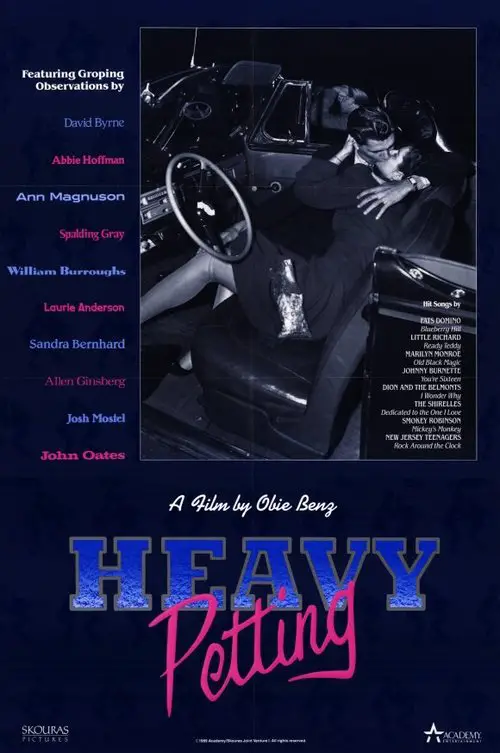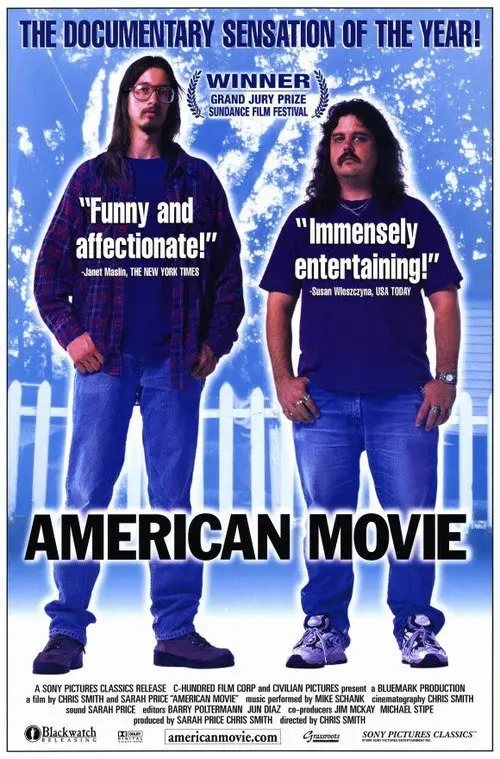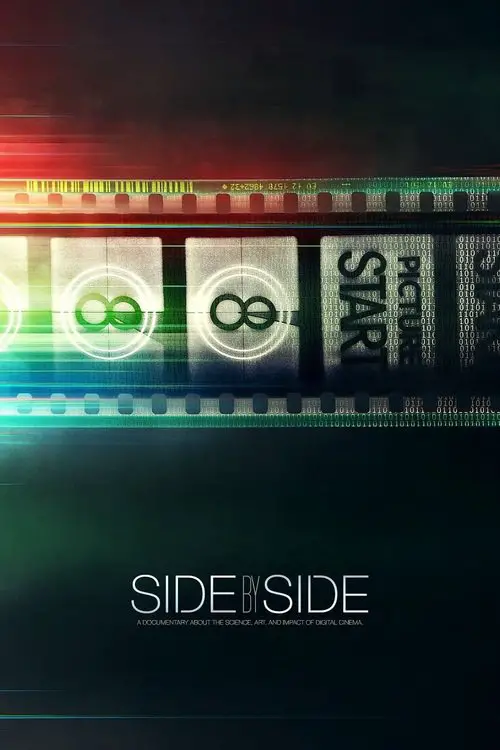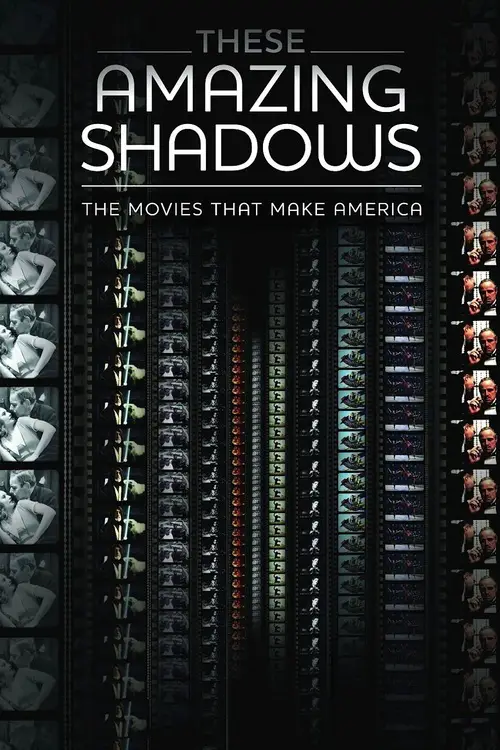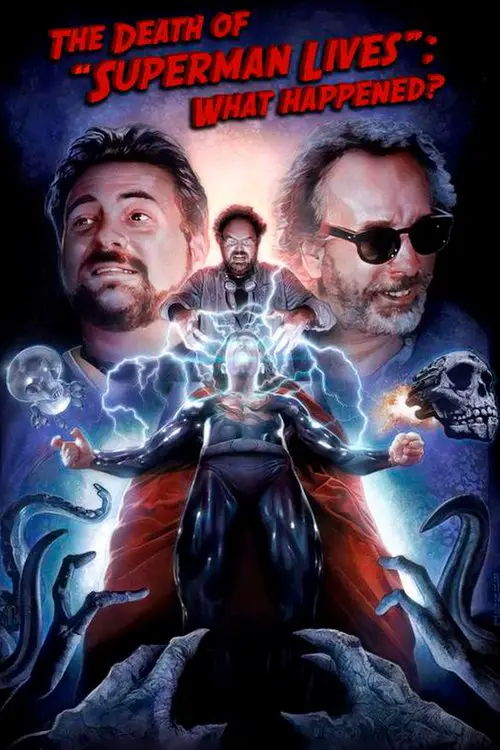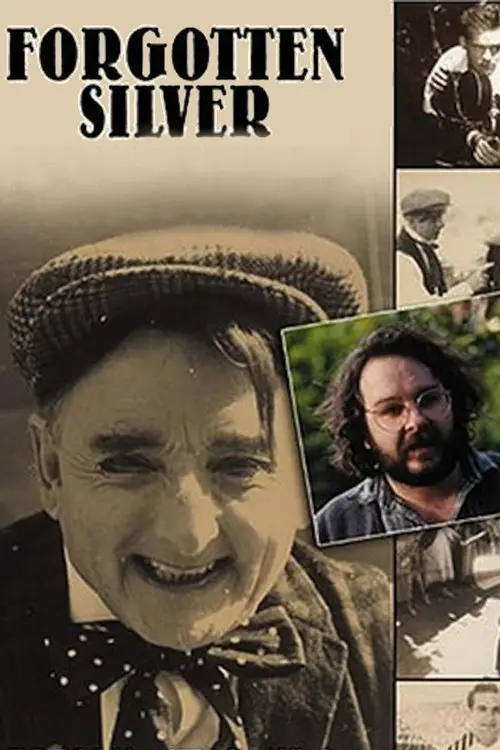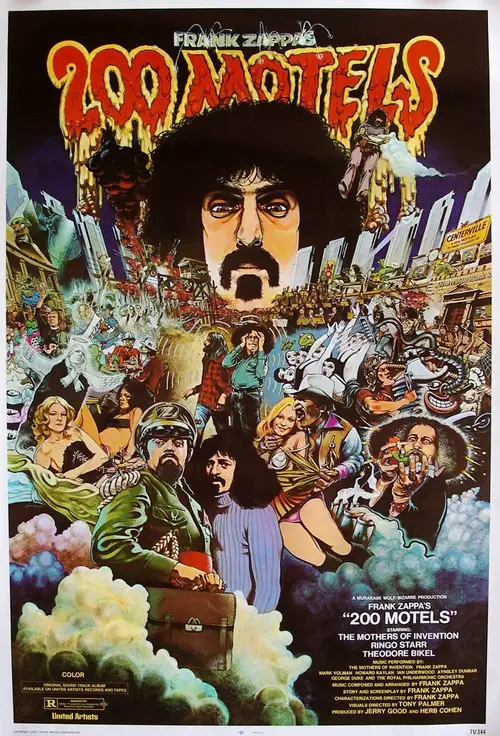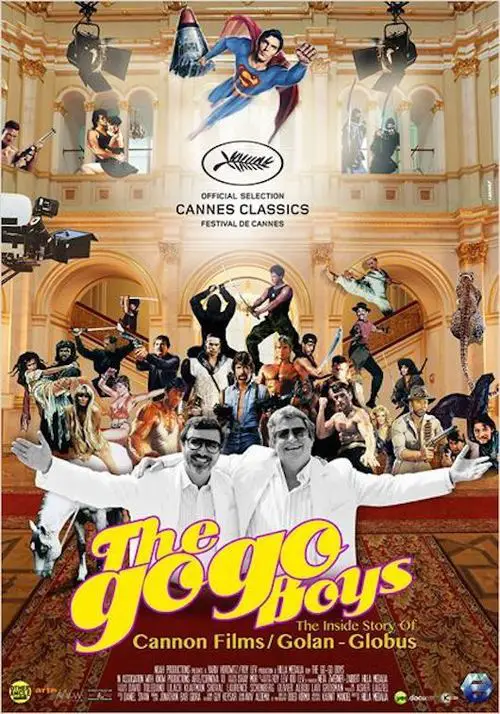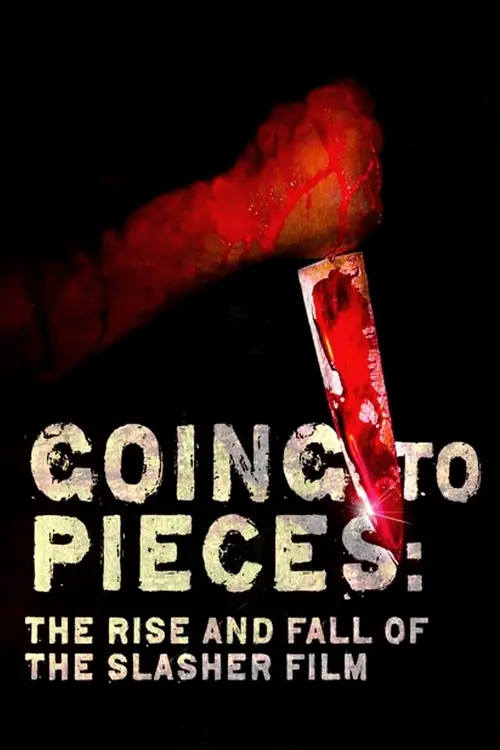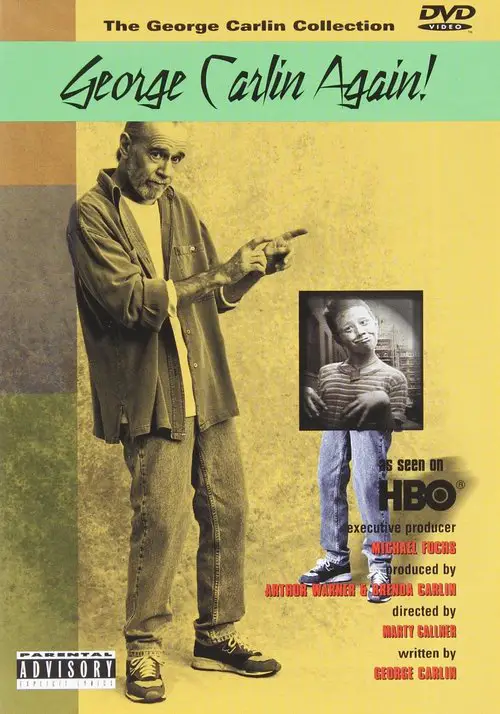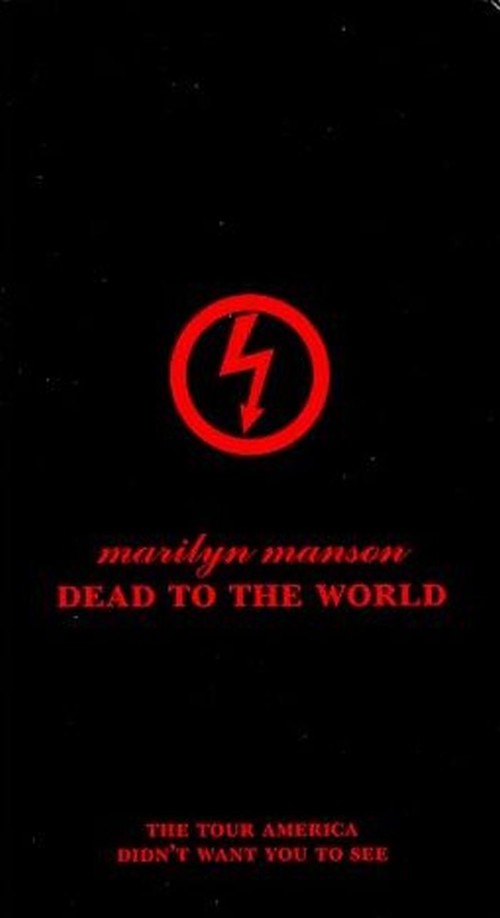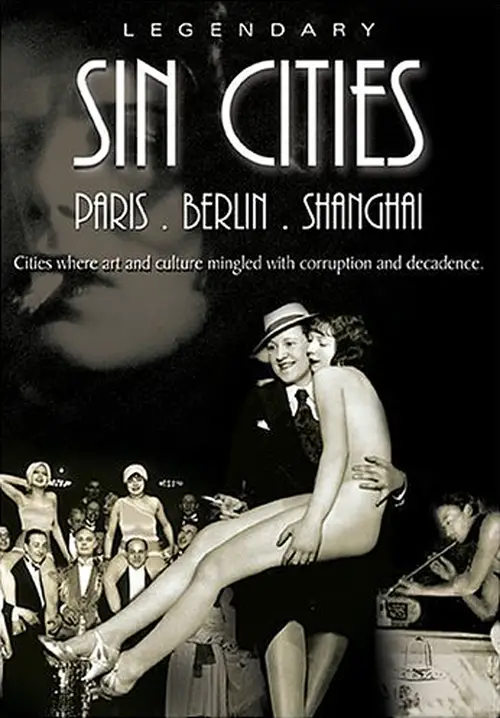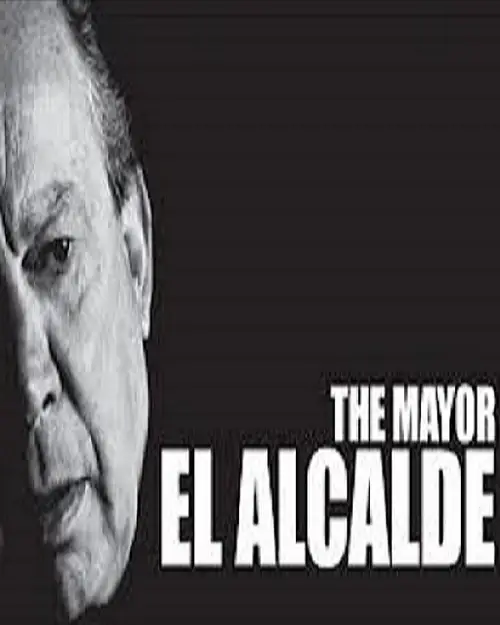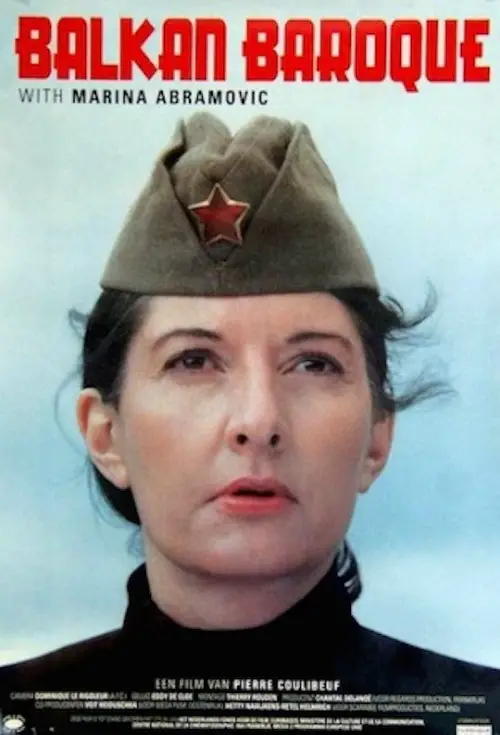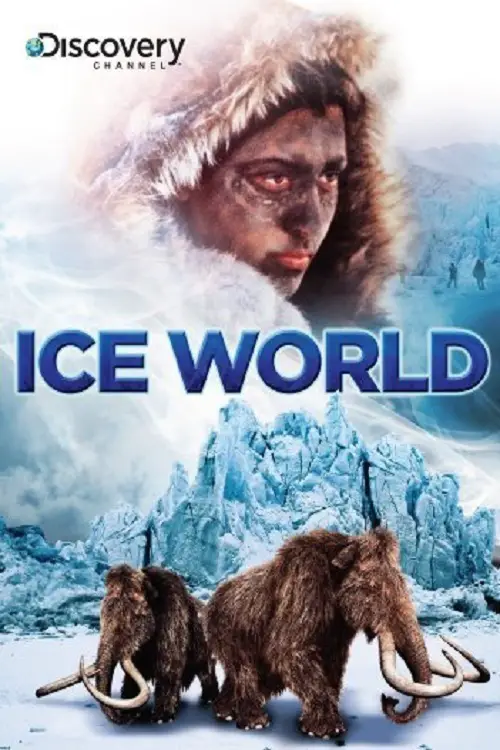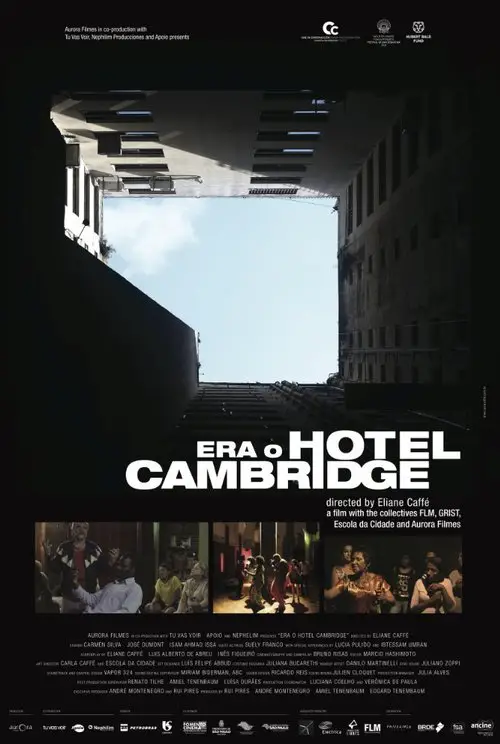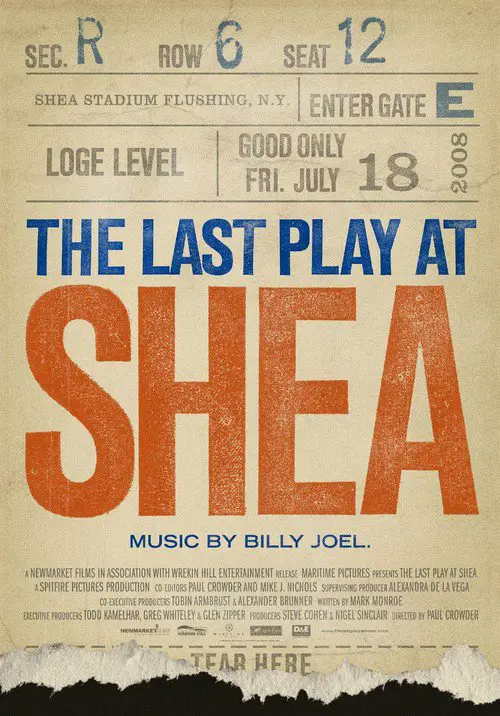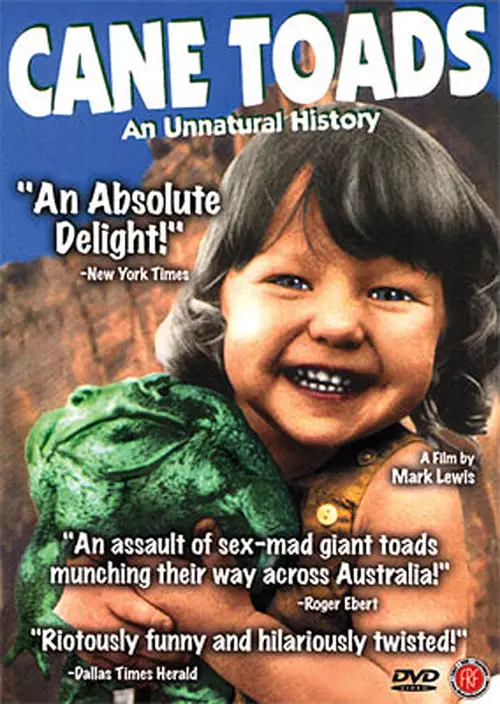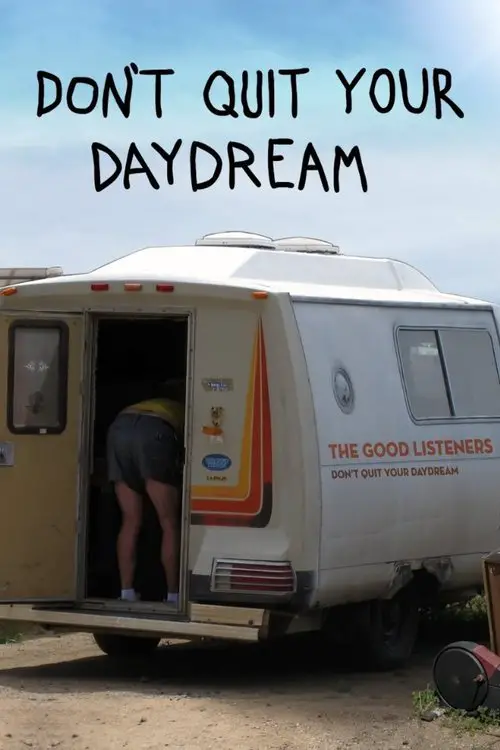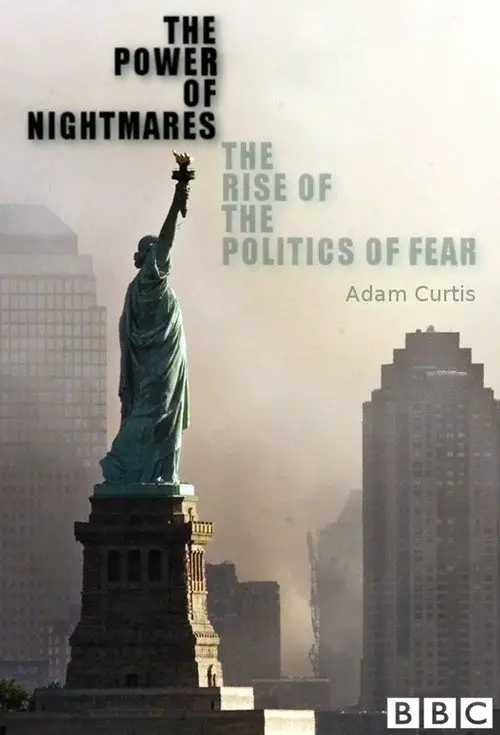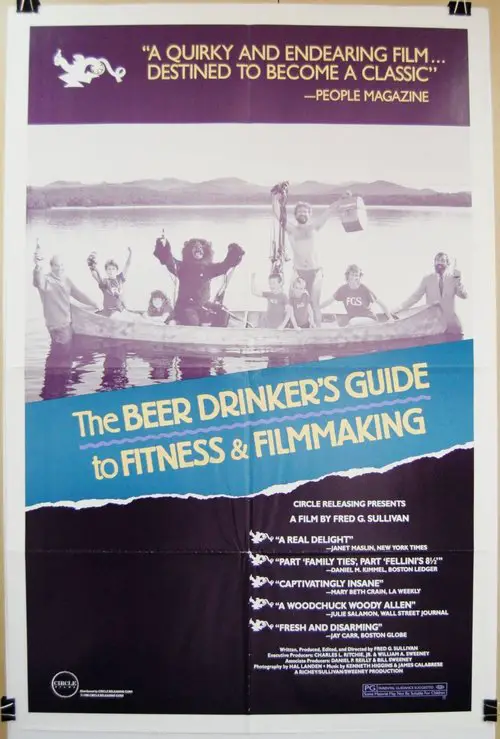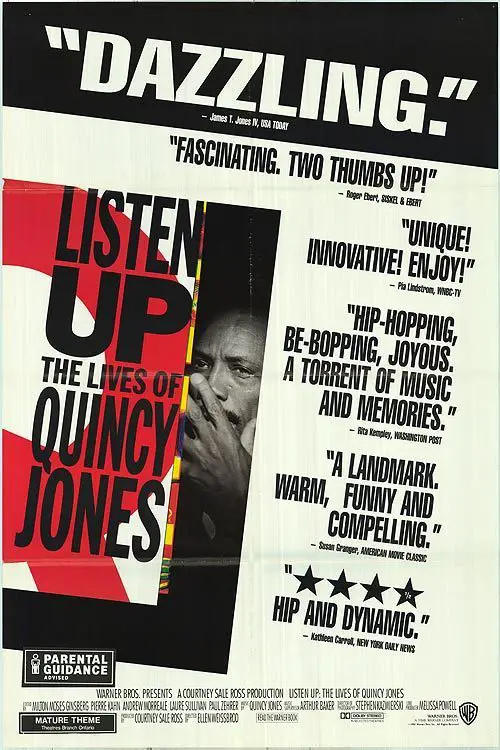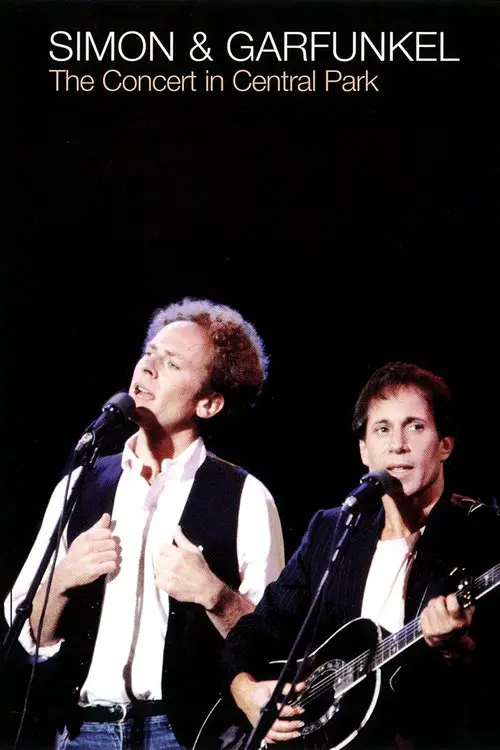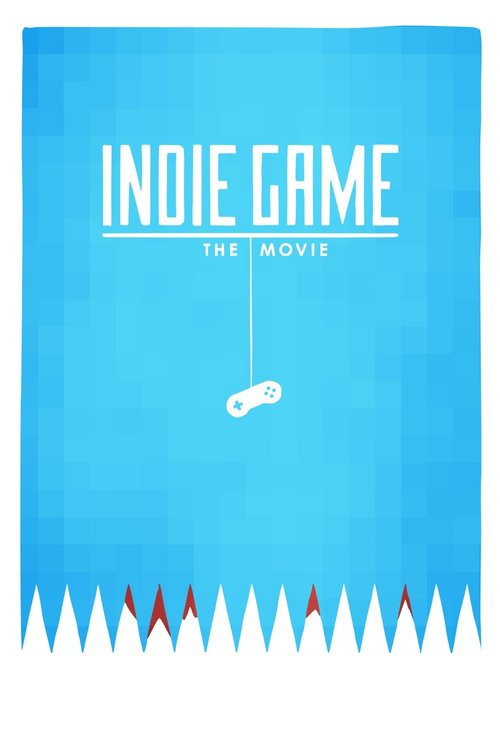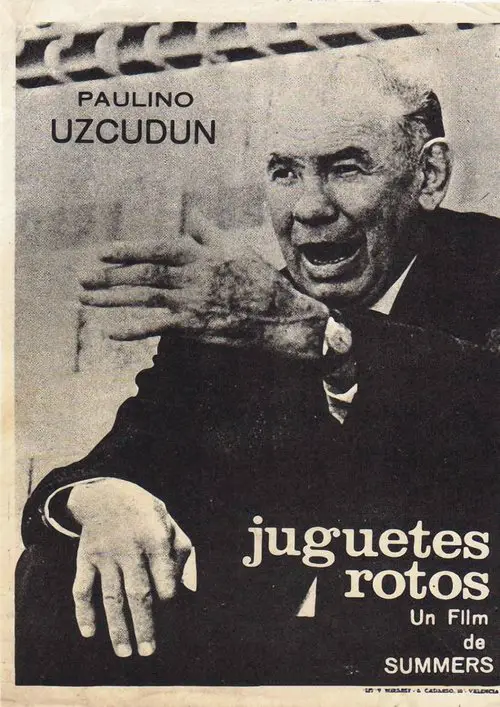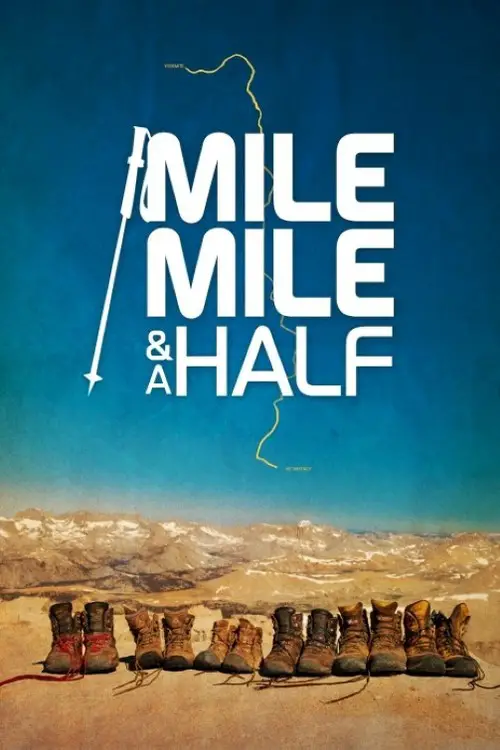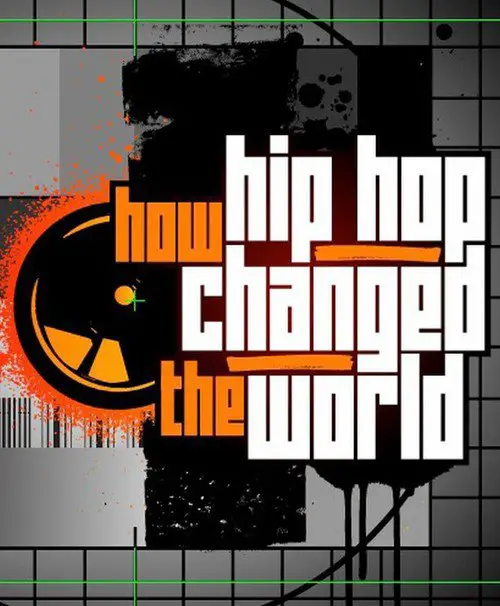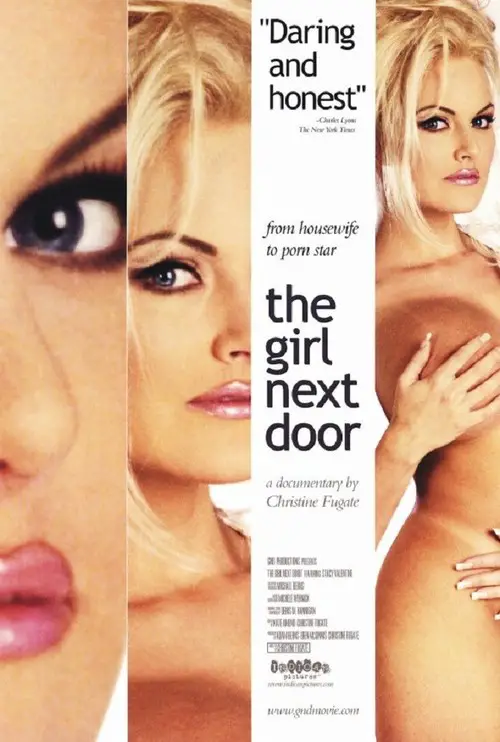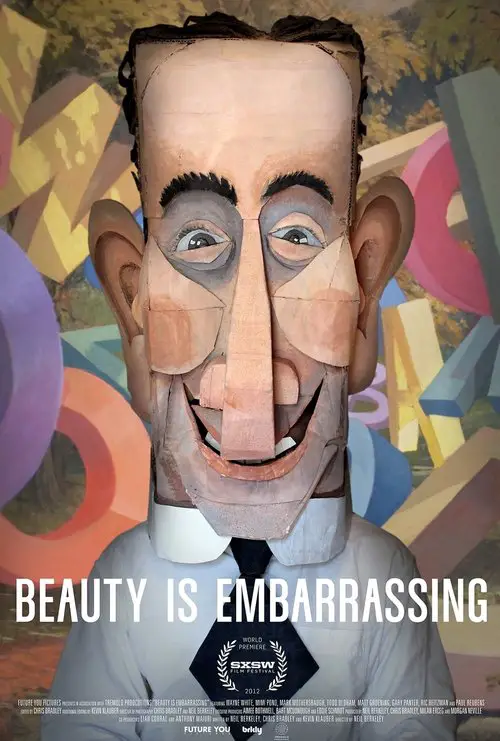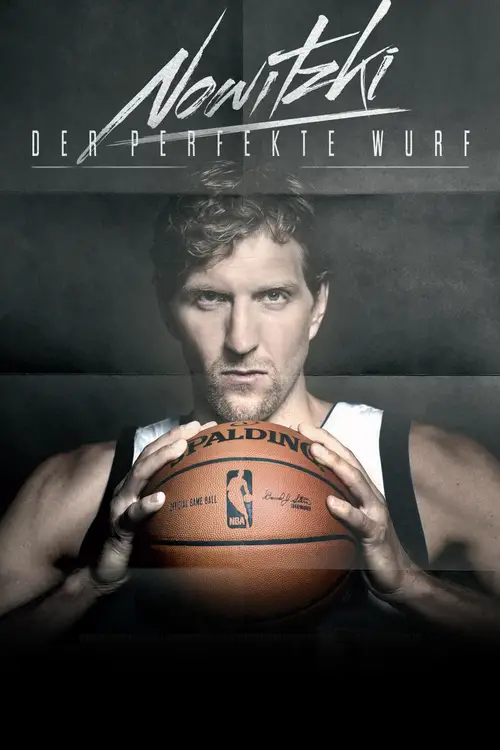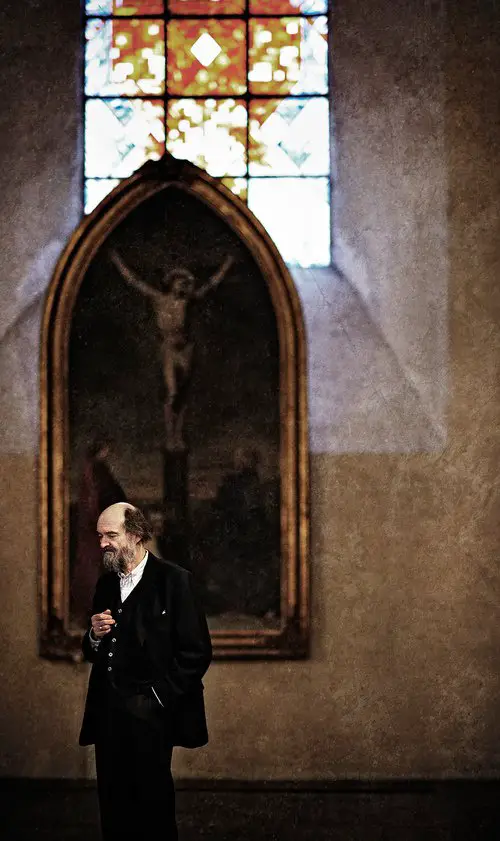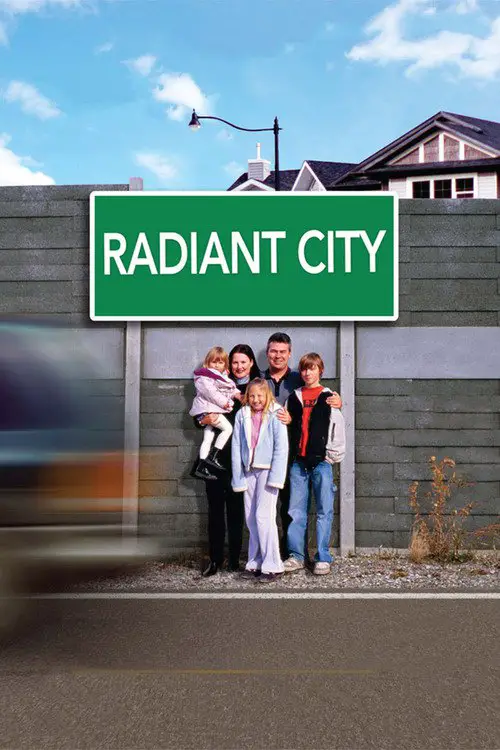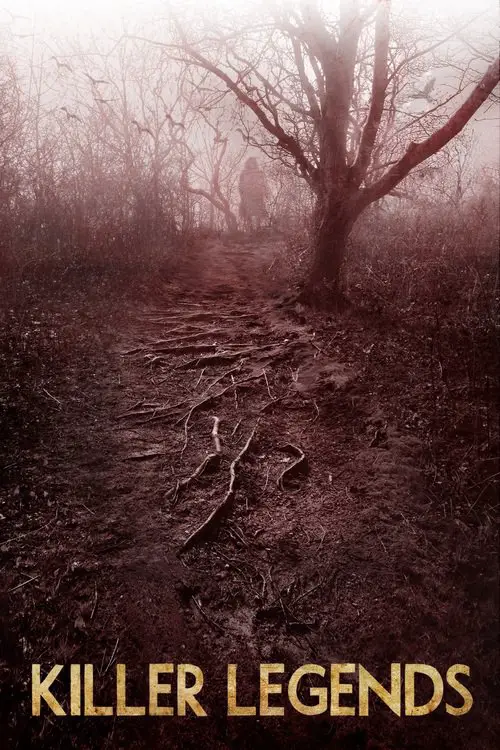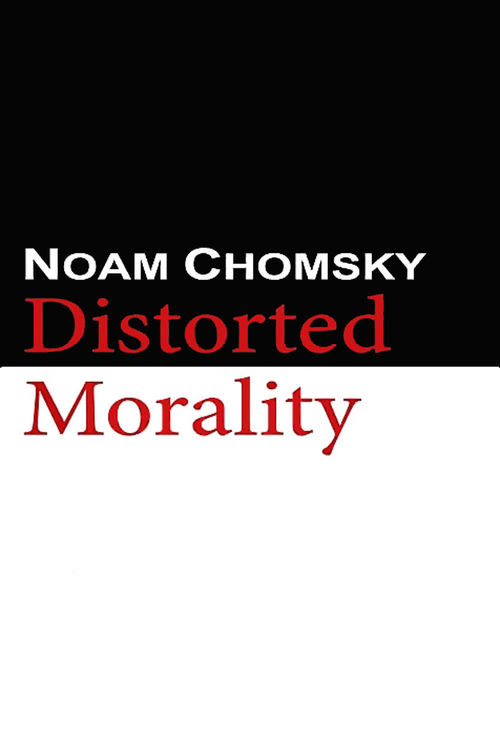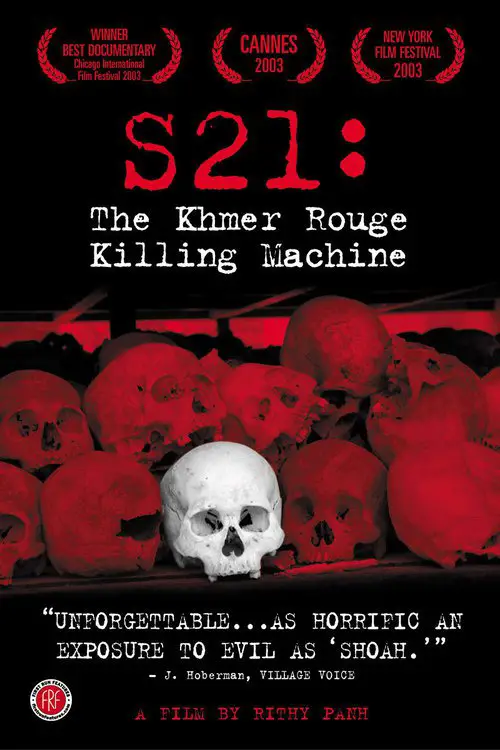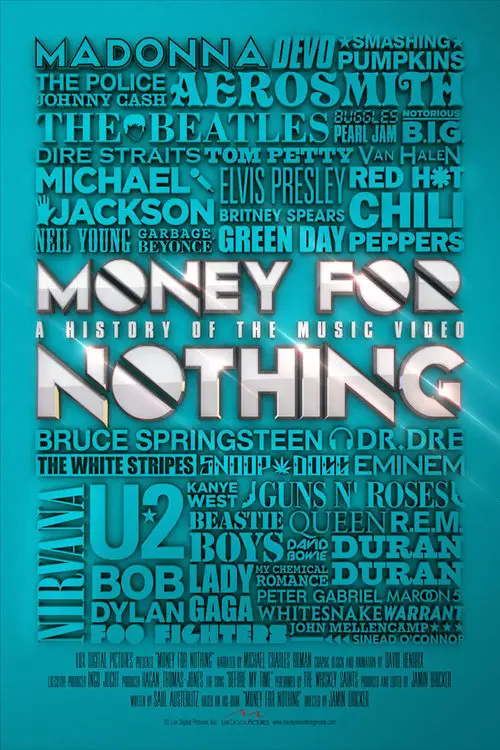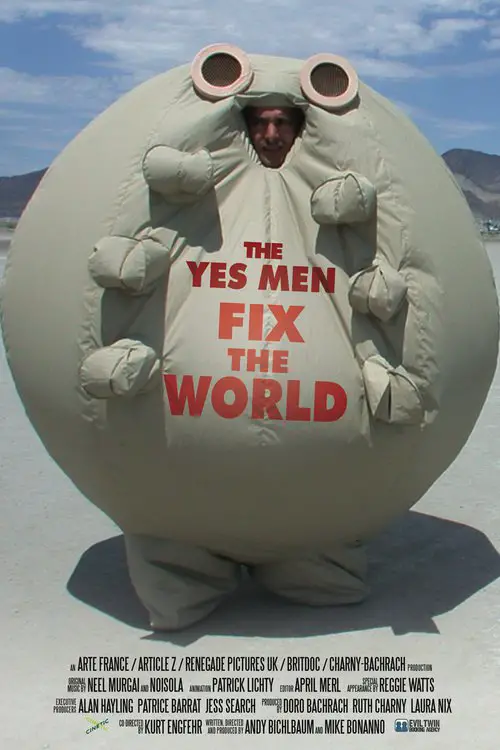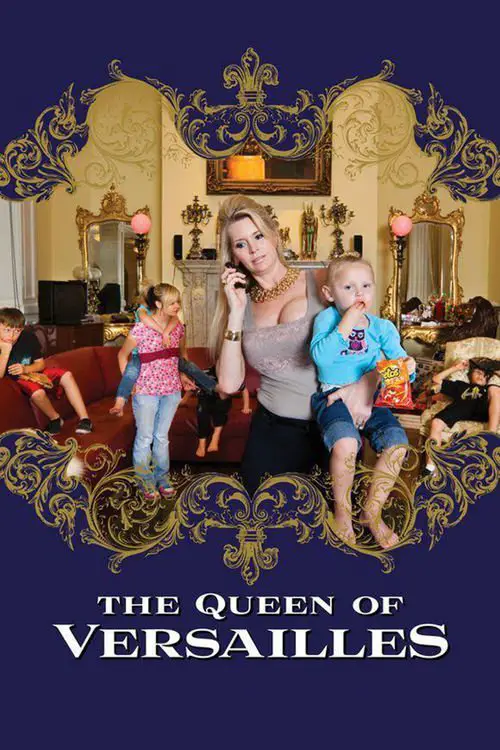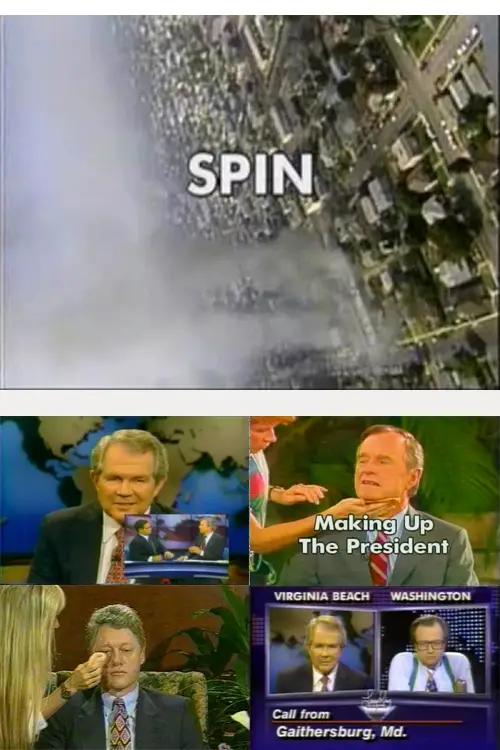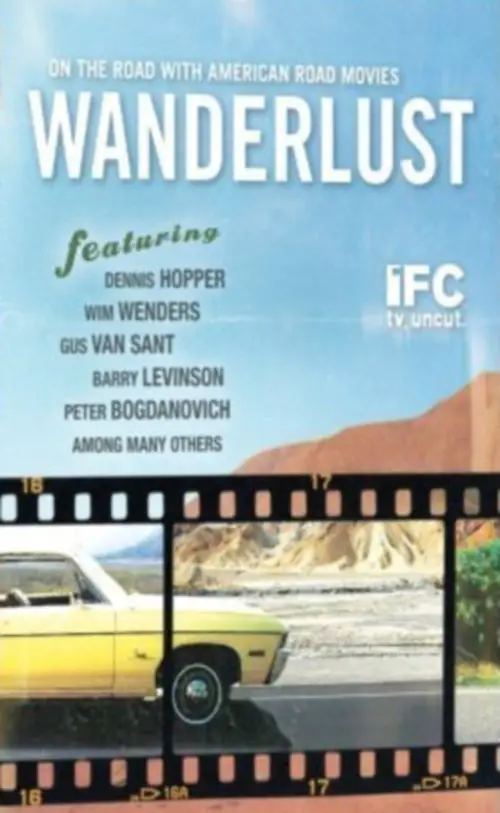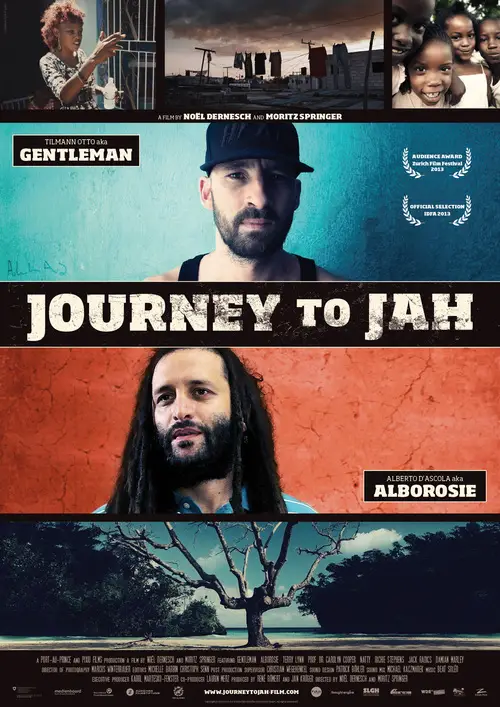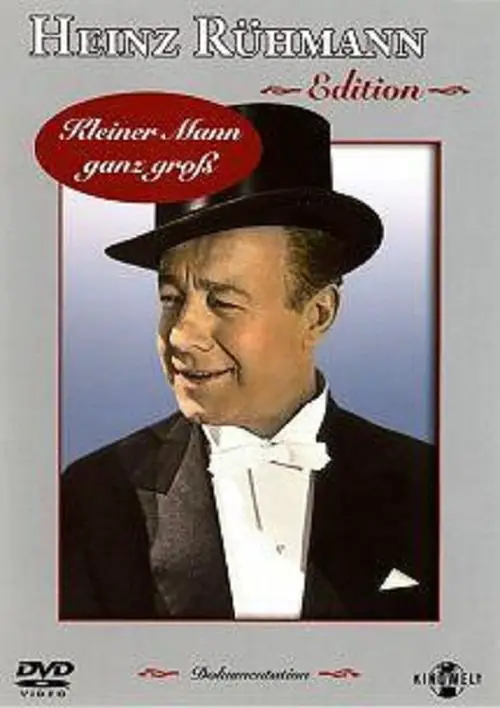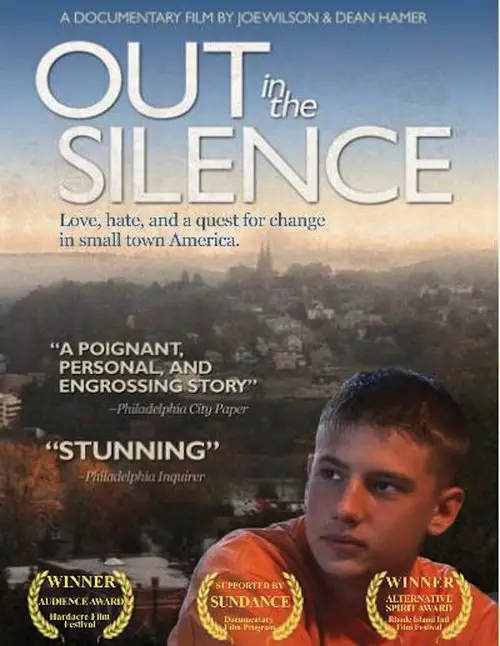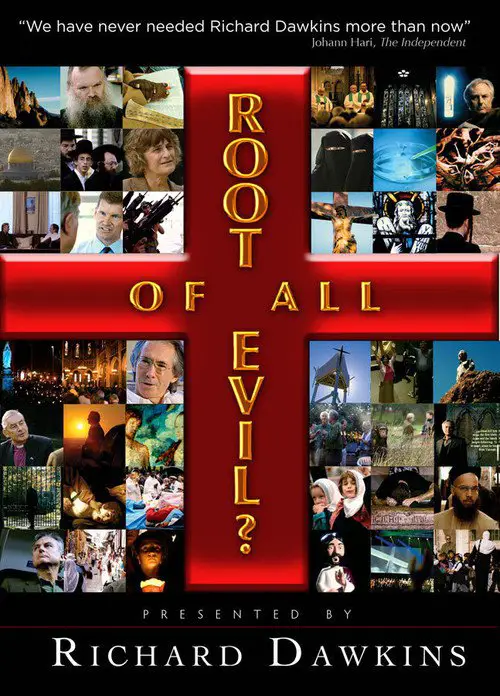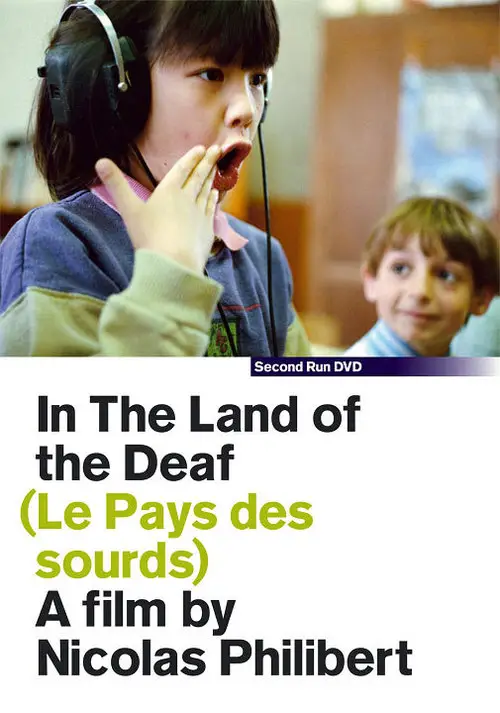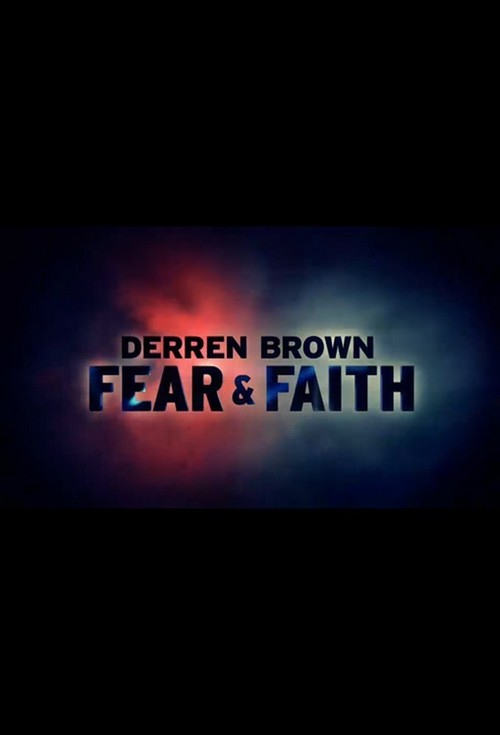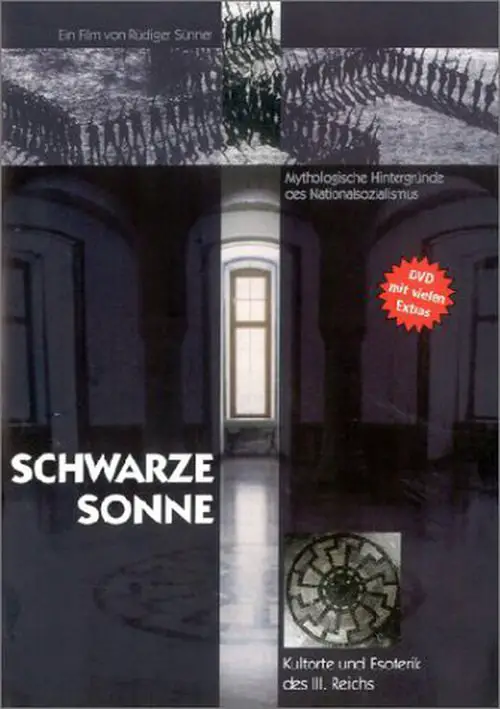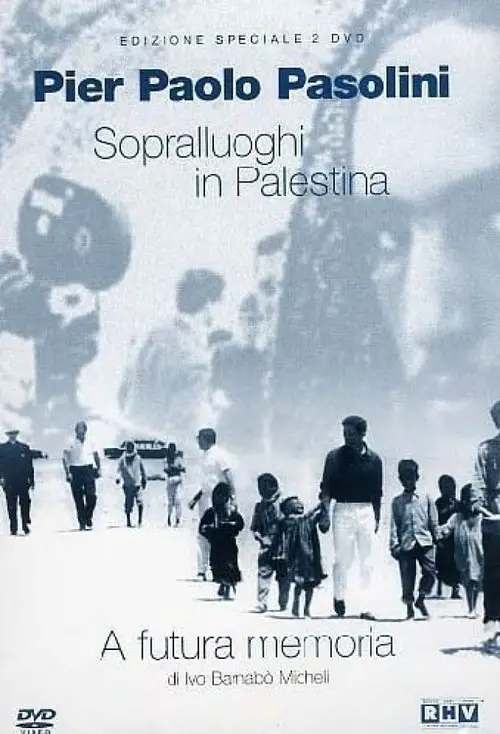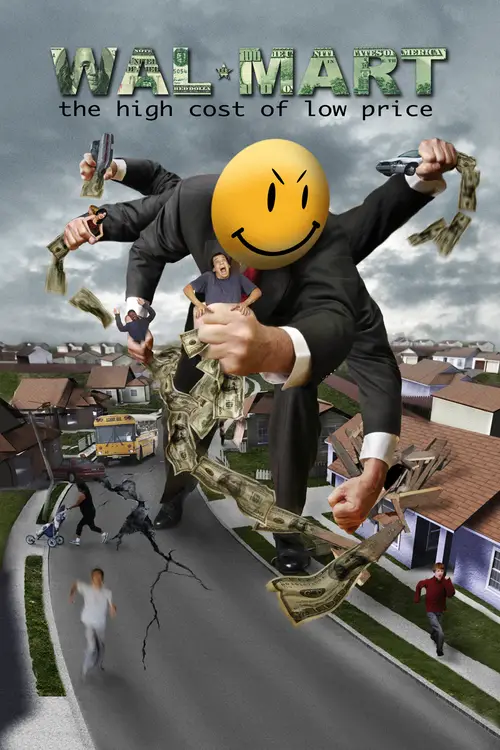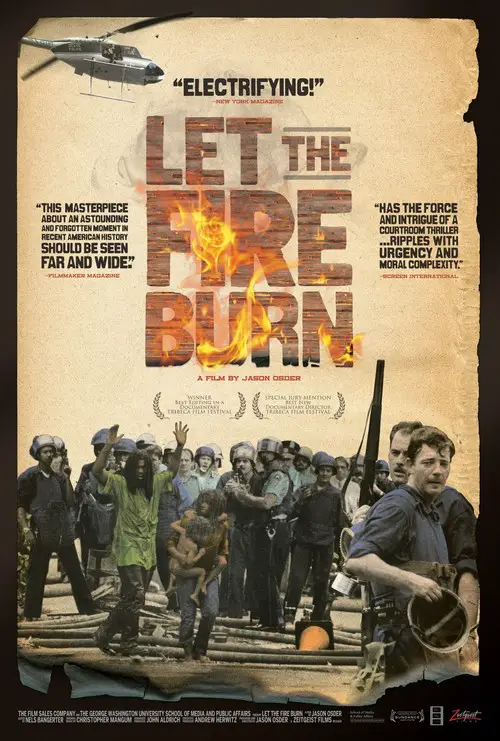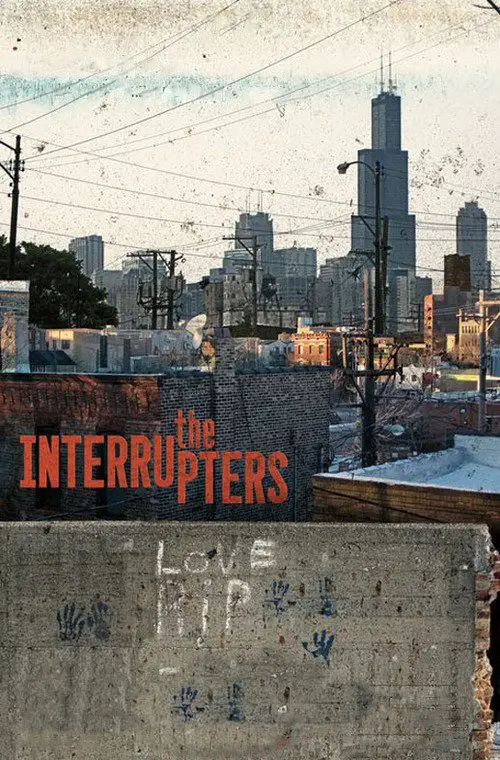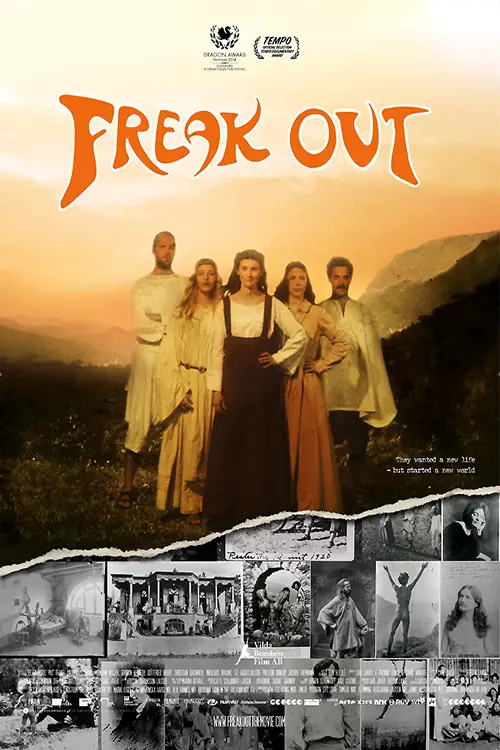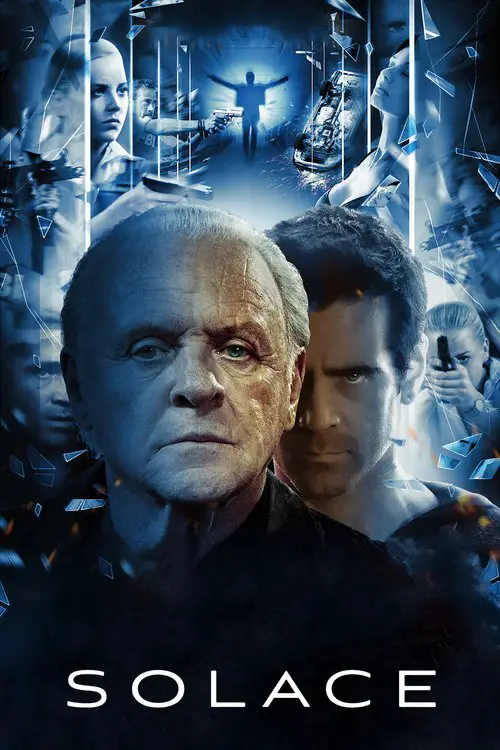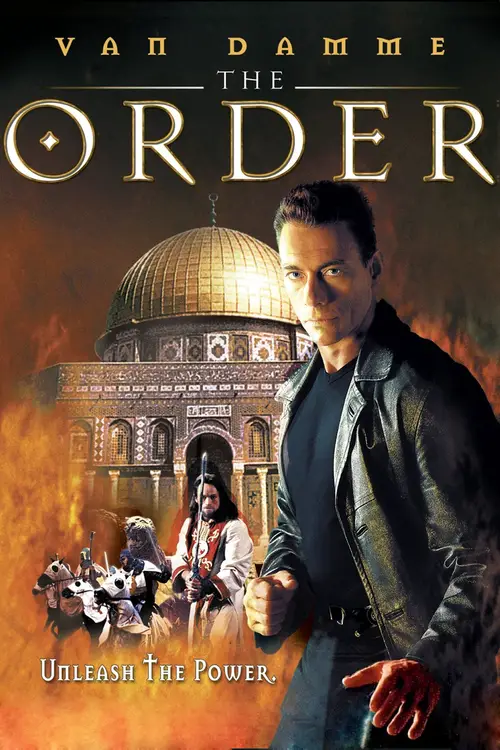Plagues & Pleasures On the Salton Sea (2006)
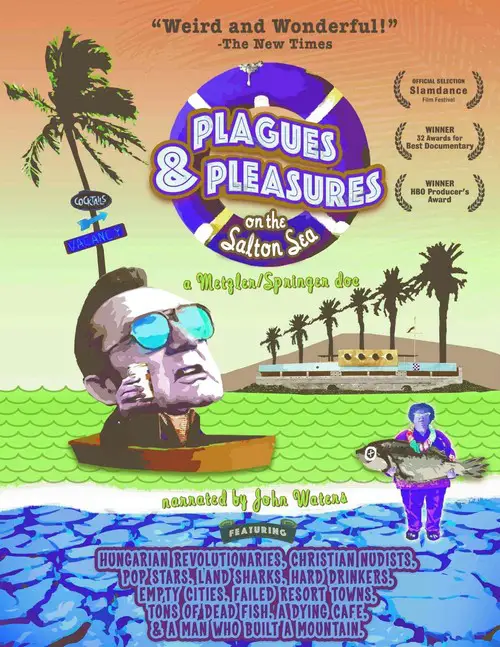
Similar movies
HEAVY PETTING is a hilarious and salacious exploration of the sexual mores of the 50's as seen through the eyes of a generation that lived through the Sexual Revolution. Creative baby boomers-- including musician David Byrne, performance artist Spalding Gray, comedian Sandra Bernhard, radical activist Abbie Hoffman, and poet Allen Ginsberg-- candidly recall their sexual coming-f-age tales in intimate interviews. Joyously campy and refreshingly carefree, HEAVY PETTING blends humorous, unbelievable footage of unhelpful sex-ed films with classic snippets of THE WILD ONE and Elvis' hip gyrations, not to mention Bernhard talking about playing "doctor", always observant Ginsberg on a disastrous encounter with a girl, and Byrne on the childhood myths of masturbation. Eternal mysteries such as the female orgasm, the universal appeal of Marilyn Monroe, and the rituals of high school are laid bare by this lovable group of characters.
AMERICAN MOVIE is the story of filmmaker Mark Borchardt, his mission, and his dream. Spanning over two years of intense struggle with his film, his family, financial decline, and spiritual crisis, AMERICAN MOVIE is a portrayal of ambition, obsession, excess, and one man's quest for the American Dream.
Since the invention of cinema, the standard format for recording moving images has been film. Over the past two decades, a new form of digital filmmaking has emerged, creating a groundbreaking evolution in the medium. Keanu Reeves explores the development of cinema and the impact of digital filmmaking via in-depth interviews with Hollywood masters, such as James Cameron, David Fincher, David Lynch, Christopher Nolan, Martin Scorsese, George Lucas, Steven Soderbergh, and many more.
The Death of 'Superman Lives': What Happened? feature film documents the process of development of the ill fated "Superman Lives" movie, that was to be directed by Tim Burton and star Nicolas Cage as the man of steel himself, Superman. The project went through years of development before the plug was pulled, and this documentary interviews the major players: Kevin Smith, Tim Burton, Jon Peters, Dan Gilroy, Colleen Atwood, Lorenzo di Bonaventura and many many more.
This dryly funny mockumentary about the lost work of a pioneering New Zealand film genius is probably one of the best examples of the faux-documentary genre. In fact, it was so successful that when it originally aired on New Zealand television, hundreds of viewers bought the premise hook, line, and sinker. If you didn't know any better yourself, it's entirely possible you might be duped into believing the extremely tall tale of one Colin MacKenzie, an ambitious filmmaker who made the world's first talking movie (years before The Jazz Singer), invented color film, and created a huge biblical epic that would put Cecil B. DeMille and D.W. Griffith to shame. Filmmaker Peter Jackson (Heavenly Creatures) shrewdly inserts himself into the film via his documentation of the "discovery" of McKenzie's lost epic, which for years was preserved in a garden shed.
"Touring makes you crazy," Frank Zappa says, explaining that the idea for this film came to him while the Mothers of Invention were touring. The story, interspersed with performances by the Mothers and the Royal Symphony Orchestra, is a tale of life on the road. The band members' main concerns are the search for groupies and the desire to get paid.
The Go-Go Boys tells the inside story of two Israeli-born cousins, the late Menahem Golan and Yoram Globus, who in pursuit of the âAmerican dreamâ turned the Hollywood establishment upside down. Together they produced more than 300 films and founded the most powerful independent film company in the world, Cannon Films, which was responsible for Israeli and mainstream, Hollywood-blockbuster, action/exploitation hits during the duoâs 1980s hey day, starring the likes of Chuck Norris, Jean-Claude Van Damme and Charles Bronson. Up close and personal, and with the complete cooperation of the filmâs subjects, the film examines the complex relationship between two contradictory personalities, whose combined force fueled their successes and eventual split. A film about filmmaking and two dogged, exceptional characters with modest origins taking on the big boys.
This historical and critical look at slasher films, which includes dozens of clips, begins with "Halloween," "Friday the 13th," and "Prom Night." The films' directors, writers, producers, and special effects creators comment on the films' making and success. During the Reagan years, the films get gorier, budgets get smaller, and their appeal wanes. Then, "Nightmare on Elm Street" revives the genre. Jump to the late 90s, when "Scream" brings humor and TV stars into the mix. Although some criticize the genre as misogynistic (Siskel and Ebert), most of the talking heads celebrate the films: as long as there are teenagers, there will be slasher films, says one.
Performing at the Celebrity Star Theater in Phoenix on July 23, 1978, Carlin mesmerizes his audience in the second of his 12 HBO specials. The show was originally planned as part of a concert/sketch movie, The Illustrated George Carlin, that never came to fruition.The routines include: Death, Kids & Parents, Newscast #2, Time and Al Sleet, the Hippy-Dippy Weatherman. -- From Amazon.com
The controversial events from the Antichrist Superstar tour serve as the backdrop for this amazing document, all as seen through the video eye of the band's own cameraman. The picketing zealots, the fulminating moralists, the disingenuous politicians, the tens of thousands who came to see for themselves and, of course, gazing outward from the very heart of the storm, Manson himself. One hour of live concert performances intercut with behind the scene and backstage footage that will help you to understand what it must have been like to be at the center of these extraordinary occurrences.
Of all the remarkable events of this century perhaps the most fascinating has been the spontaneous growth, flowering and then decay of a handful of great cities. These cities were places where art, culture and political liberties co-mingled with corruption, brutality and decadence. Everything and just about anyone could be bought and sold. The immigrant would struggle beside the artist. Gamblers, thieves and prostitutes co-habited with soul-savers, the rich and the powerful. The exhilarating combination of the seamy with the sublime made these places a magnet for all the lost souls and refugees of the world. Pushing the limits of tolerance and freedom, they defined the social, political and sexual culture of the 20th century. Their names ring out: Paris of the '20s, Berlin of the '20s and '30s and Shanghai of the '30s.
The film tells the story of Mauricio Fernandez, mayor of the wealthiest municipality in Latin America, located in the North of Mexico. He presents himself as a polemical figure who takes justice into his own hands in order to "clean" his municipality of the drug cartels' presence. Mauricio is a key character to better understand the present situation in Mexico and through the unusual views of this politician, the audience will be a privileged witnesses of an scenario where political tasks and excessive violence mingle with one another.
Balkan Baroque is a real and imaginary biography of the Yugoslavian performance artist Marina Abramovic. Rather than a mechanical reproduction of the artist's work, the film tries to create a new reality by translating the performances into cinematographic images that intensify the fictional context of the film. Abramovic plays herself, but ,appearing in multiple forms, blurs her own identity. Memories and fantasies intermingle with day to day rituals. The chronological narrative often breaks to reflect the interior voyage of the protagonist from the present to the past and back to the present. The result is a visually impressive film. Balkan Baroque had its world premiere at the International Film Festival Rotterdam, 1999.
Ice World is a Discovery Channel documentary concerning three people living 24,000 years ago in England during the last ice age. They live very much like plains Indians, with tee pees, buckskin clothing and long hair. Aki and Mora are a couple with a child on the way. Brom is their tribal chief. As the ice cap advances they flee southeast towards warmer weather. At that time there was no English channel and they walked to France and over several months on to present day Czechoslovakia. This is a fictional account of how people might have coped back then. The scenes of our three twenty-somethings trying to find another tribe to join up with are intermingled with discussions by archaeologists lecturing about cave paintings and findings that correlate with the basic story.
The Cambridge Squatter tells the story of refugees, recently arrived in Brazil who, together with a group of low-income workers, occupy an old abandoned building in downtown São Paulo. Daily dramas, comical situations and different views on the world commingle with the threat of impending eviction.
In 1964, when the New York Mets were regarded as little more than a punch line in major league baseball, the team moved into a brand new ballpark, Shea Stadium, which was to become their home for the next forty-four years. Shea Stadium was closed (in part to create more parking space for a new stadium, Citi Field), and on July 16 and 18, 2008, Billy Joel headlined the final concerts held at the stadium. Filmmaker Paul Crowder and a camera crew were on hand for Joel's shows, and the documentary THE LAST PLAY AT SHEA chronicles his historic two-night stand, as well as exploring Joel's career, his ties to working-class New York, and how his life and career paralleled the growth of suburban Long Island and the beloved ballpark.
The cane toad was imported from Hawaii in 1935 to save Queensland's sugar crop from the grey-back beetle. It failed because the beetle could fly and the cane toad couldn't. But the cane toad stayed to become a pest of plague proportions and part of local culture and popular mythology. This offbeat and entertaining documentary presents not just the biological information, but also the surprising range of people's attitudes to these grotesque creatures, including keeping them as pets.
"My father says if people don't come and see this movie, we'll starve," says Tate Sullivan, introducing his father's "The Beer Drinker's Guide to Fitness and Filmmaking." (Send canned goods to Auteur-Aid, care of Fred G. Sullivan, Saranac Lake, N.Y. 12983.) "The Guide" is the Sullivan family album, a grandiose home movie focused on the days and nights, life and times of "Adirondack" Fred. And you thought Molly Dodd was a schlemiel. Fred, the most self-obsessed creature since Garfield the Cat, produces, directs, writes, edits and stars in this offbeat, low-budget work. Fred's four children, Fred's tiresome wife Polly, Fred's business partners, psychiatrist, internist, teachers, neighbors, creditors, sommelier and so forth comment on the 42-year-old ne'er-do-well. -- Rita Kempley, Washington Post, 10 February 1989 http://www.washingtonpost.com/wp-srv/style/longterm/movies/videos/beerdrinkersguidetofitnessandfilmmakingpgkempley_a09fa8.htm
The extraordinary life of Quincy Jones -- one of the 20th century's most influential and talented composers, musicians and music producers -- provides the basis of this offbeat, free-form documentary tribute. With little regard for formal timelines and traditional documentary biography methods, the film is an amazing patchwork of personal insights featuring a constellation of music stars including his long-time friend Ray Charles, Miles Davis, Frank Sinatra, Herbie Hancock, Ella Fitzgerald, Michael Jackson, Aretha Franklin, Dizzy Gillespie and rappers Big Daddy Kane and Flavor Flav, as well as politicians, filmmakers and other important people. Some of the most moving scenes involve Jones returning to his childhood home in Chicago and recounting honest and painful memories from his childhood. Jones does not shy from discussing everything -- from his mother's mental illness, to his marital problems, to his serious health conditions. He also looks frankly at his career.
The Concert in Central Park is a live album by Simon & Garfunkel. On September 19, 1981 the folk-rock duo reunited for a free concert on the Great Lawn of New York's Central Park attended by more than 500,000 people. They released a live album from the concert the following March (Warner Brothers LP 2BSK 3654; CD 3654). It was arranged by Paul Simon and Dave Grusin, and produced by Paul Simon, Art Garfunkel, Phil Ramone and Roy Halee. The concert was also shot on videotape, televised by HBO in 1982, and subsequently released on various home video formats. The VHS and DVD contain two songs that were omitted from the live album: "The Late Great Johnny Ace" and "Late in the Evening (Reprise)". "Johnny Ace" was disrupted by a fan rushing the stage who came very close to attacking Paul. This incident was both frightening and coincidental, as the song is an elegy upon the murder of John Lennon just one year earlier.
Indie Game: The Movie is a feature documentary about video games, their creators and the craft. The film follows the dramatic journeys of video game developers as they create and release their games to the world. The film tells the emotional story of friends Edmund McMillen & Tommy Refenes, as they craft their first Xbox game: "Super Meat Boy". It follows Phil Fish, the creator of the highly-anticipated game: "FEZ". After 4 years of working in near solitude, Phil reveals his opus to the public for the first time. And, the film tells the surprising story of one of the highest-rated video games of all time:"Braid". The film is about making video games, but at its core, it's about the creative process, and exposing yourself through your work. In short: Making fun and games is anything but fun and games.
Summers develops a quasi-autobiographical fictional frame for an inquiry into a gallery of Spanish celebrities who have decayed into something worse than total abandonment. The film visits a popular singer, a champion prize fighter who has been committed to an asylum, and an ancient matador returning to the ring among many others to probe the anomie that comes with fame as a privilege at its apex and a curse at its bitter end. This film treads somewhere between what could have been a legitimate "essay film" and a commercial "where are they now" featurette. The treasure hunt for the "campeón maldito" or "estrella maldita" (cursed champ or star) seems to be a fixture of Spanish popular culture today (as of course it is in a coarser way today in Anglo-American culture). In any event, this is an interesting instance of this.
In an epic snow year, five friends leave their daily lives behind to hike California's historic John Muir Trail, a 211-mile stretch from Yosemite to Mt. Whitney (the highest peak in the contiguous U.S.). Their goal - complete the journey in 25 days while capturing the amazing sights & sounds they encounter along the way. Inspired by their bond, humor, artistry & dedication, the group continues to grow: to include other artists, musicians & adventure seekers. Before they all reach the summit, hikers and viewers alike affirm the old adage - it's about the journey, not the destination. Mile... Mile & A Half is the feature-length documentary of that journey...
Happy Berry is the name of a Bangkok boutique run by a group of trendy Thai youths, and is the nerve centre of this fly-on-the-wall documentary (the second in a trilogy entitled "Life and Love"). The camera catches the subjects indulging in all the (post) modern lifestyle trends: drugs, kinky sex, hip-hop, fashion, exhibitionism, narcissism. They are uninhibited, the kind of youth who break down barriers in a supposedly traditional and religious society, but perhaps that's just on the surface. Behind the upbeat tone is a probing examination of values and attitudes in modern youth relationships. Happiness may be deceptive but there's certainly a lot of fun in the Happy Berry.
Presented by actor, DJ, MC and lifelong hip hop fan Idris Elba (The Wire, Luther) and featuring stars from both sides of the Atlantic (Snoop Dogg, Mark Ronson, Nas, Rakim, Debbie Harry, Jessie J, Chipmunk, Tinchy Stryder and N Dubz, to name just a few), How Hip Hop Changed the World counts down the defining moments of a culture that exploded out of the wastelands of 1970s New York and went on to become one of the most dominant global economic, political and social forces of our time. From the birth of turntabalism to the UK grime artists who are now conquering the world, this two-hour special reveals everything you need to know about hip hop.
In 1995, at the urging of her then-husband, an Oklahoma housewife submitted a topless photo of herself to a men's magazine, thus launching her phenomenal career as porn star Stacy Valentine. In this eye-opening and refreshingly even-handed film, Valentine candidly discusses the inner-workings and occupational hazards of the adult entertainment world, touching on the glamour -- and frequent emptiness -- of life in "the business."
Raised in the Tennessee mountains, Wayne White started his career as a cartoonist in NYC. He quickly found success as one of the creators of the Pee-wee's Playhouse TV show which soon led to more work designing some of the most arresting and iconic images in pop culture. Recently his word paintings featuring pithy and and often sarcastic text statements finely crafted onto vintage landscape paintings have made him a darling of the fine art world. The movie chronicles the vaulted highs and crushing lows of an artist struggling to find peace and balance between his professional work and his personal art. This is especially complicated for a man who struggles with the virtues he most often mocks in his art...Vanity, ego and fame.
Since the end of World War II, one of kind of urban residential development has dominate how cities in North America have grown, the suburbs. In these artificial neighborhoods, there is a sense of careless sprawl in an car dominated culture that ineffectually tries to create the more organically grown older communities. Interspersed with the comments of various experts about the nature of suburbia
In this remarkable documentary, Noam Chomsky offers a riveting but devastating critique of America's current war on terror arguing, in fact, that it is a logistical impossibility for such a war to be taking place. Professor Chomsky presents his reasoning with astonishing and refreshing clarity, drawing from a wealth of historical knowledge and analysis. "Only those who are entirely ignorant of modern history will be surprised by the course of events, or by the justifications that are provided..."
Money for Nothing: A History of the Music Video is a rip roaring look at the past, present and future of the music video. From The Beatles, Elvis, Michael Jackson, Guns Nâ Roses, 2Pac, Madonna, Bruce, U2, R.E.M., Nirvana, Jay Z, Lady Gaga and everyone in between, Money for Nothing is the most comprehensive film of its kind and a refresher course on the last 60 years of popular music and the unforgettable images that accompanied them.
With the epic dimensions of a Shakespearean tragedy, The Queen of Versailles follows billionaires Jackie and Davidâs rags-to-riches story to uncover the innate virtues and flaws of their American dream. We open on the triumphant construction of the biggest house in America, a sprawling, 90,000-square-foot mansion inspired by Versailles. Since a booming time-share business built on the real-estate bubble is financing it, the economic crisis brings progress to a halt and seals the fate of its owners. We witness the impact of this turn of fortune over the next two years in a riveting film fraught with delusion, denial, and self-effacing humor.
"Wanderlust", the interesting documentary Shari Springer Berman and Robert Pulcini directed, is one of the best things about the role of road movies in our culture. This most American form of entertainment can be found in films from other countries, but it's the American vast landscape, which gives films of this genre the appeal and the significance that translates so well in movies made by some of the best creators in the business. "Wanderlust" succeeds in the interviews with some of the best creators of this particular style of movie making. We hear from Dennis Hopper, whose "Easy Rider", and others, typify the restlessness of the people taking the road. Allison Anders, another director that has set her stories that way, speaks intelligently about what is behind it all. Callie Khouri, Chris Eyre, Alexander Payne, Wim Wenders, Sam Shepard, Gus Van Sant and all the others contribute to make clear as to why we are all attracted to the road and what it all means to them.
The forceful feature-length documentary Journey to Jah by Noel Dernesch and Moritz Springer catches the global phenomenon of crossing borders by documenting the experiences of integration in a foreign culture. The film follows the internationally acclaimed European musicians Gentleman and Alborosie, which found a new spiritual home within the reggae culture while Jamaican singer Terry Lynn takes the other direction integrating European styles into her music.
Commentator-comic Bill Maher plays devil's advocate with religion as he talks to believers about their faith. Traveling around the world, Maher examines the tenets of Christianity, Judaism and Islam and raises questions about homosexuality, proof of Christ's existence, Jewish Sabbath laws, violent Muslim extremists.
In this two-part Channel 4 series, Professor Richard Dawkins challenges what he describes as 'a process of non-thinking called faith'. He describes his astonishment that, at the start of the 21st century, religious faith is gaining ground in the face of rational, scientific truth. Science, based on scepticism, investigation and evidence, must continuously test its own concepts and claims. Faith, by definition, defies evidence: it is untested and unshakeable, and is therefore in direct contradiction with science. In addition, though religions preach morality, peace and hope, in fact, says Dawkins, they bring intolerance, violence and destruction. The growth of extreme fundamentalism in so many religions across the world not only endangers humanity but, he argues, is in conflict with the trend over thousands of years of history for humanity to progress to become more enlightened and more tolerant.
The films and methods of Nicolas Philibert, maker of Etre et avoir, have shown him to be one of contemporary cinemaâs most acclaimed documentarists. In The Land of the Deaf is an elegantly spare and thoughtful portrait of the rich, diverse, but often isolated culture of the deaf community. The film has tremendous power and value: it educates and transports us to another way of occupying this world, and it does so in a pleasurable, unrushed and intelligent fashion.
A historical analysis of how groups such as the Naziâs may use language, symbols, and religious connotation in order to come to power. It raises questions that deserve in depth analysis and consideration. Questions include: Where do legends expand our thinking and where do they bury it? When does spiritual pursuit suddenly turn into fanaticism and violence? Last, have we as a society learned from our past, and if so have forgotten the lessons of the 20th Century? Are we now embarking on a new level only to learn the same old lessons about humanity again? In addressing these questions we are taken into the back drop of the history of Germany beginning in the late 1800âs through the late 20th Century at the eve of the 21st. âA society that does not take archetypes, myths, and symbols seriously will possibly be jumped by them from behind.â
While scouting locations for his classic "The Gospel According to St. Matthew", director Pier Paolo Pasolini noticed that filming in the actual site of the story, in Palestine, wouldn't be much of a great choice due to the modern invasion which completely altered the biblical settings. Here, the director explained his reasons of why his search in the Middle East end up being wrong - though somewhat fruitful and rewarding in other ways - and why his native Italy surprised him and became the scenario for his religious epic.
This documentary takes the viewer on a deeply personal journey into the everyday lives of families struggling to fight Goliath. From a family business owner in the Midwest to a preacher in California, from workers in Florida to a poet in Mexico, dozens of film crews on three continents bring the intensely personal stories of an assault on families and American values.
A growing number of Evangelical Christians believe there is a revival underway in America that requires Christian youth to assume leadership roles in advocating the causes of their religious movement. Jesus Camp follows children at a Christian summer camp as they hone their "prophetic gifts" and are schooled in how to "take back America for Christ." The film is a first-ever look into an intense training ground that recruits born-again Christian children to become an active part of America's political future.
Jason Osder makes an impressive feature film debut through his unbiased and thorough account of the incidents leading up to and during the 1985 standoff between the extremist African-American organization MOVE and Philadelphia authorities. The dramatic clash claimed eleven lives and literally and figuratively devastated an entire community. Let the Fire Burn is a real-life Wild West story absent the luxury of identifying its heroes by the color of their hats.
Long-haired, barefoot people. Free love! Veganism! Experiments with drugs... The sixties, right? Not quite. In 1900 a group of middle class kids revolted against their time and started the original alternative community - Monte Verità , the mountain of truth. A community based on veganism, feminism, pacifism and free love. This creative documentary mixes interviews, archive and animation in a beautiful combination bringing you straight back to the early 1900 as seen through the eyes of these young radicals. The documentary Freak Out tells the untold story of the birth of the alternative movement and unfold the uncanny similarities between our time and what they revolted against in the early 1900s.
When Rudy, an artifacts smuggler, goes to Jerusalem to rescue his kidnapped archeologist father, he faces deportation by a scheming police chief. Now, to find his dad and recover a sacred scroll, he'll have to outwit officials and a ruthless sect. With the help of a beautiful Israeli cop, Rudy battles a faction of religious zealots determined to see a holy war at all costs.
© Valossa 2015–2026
| Privacy Policy
